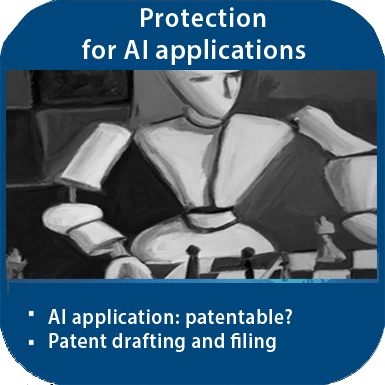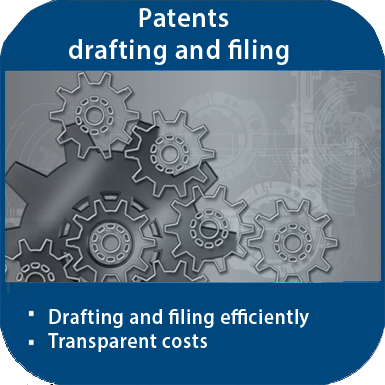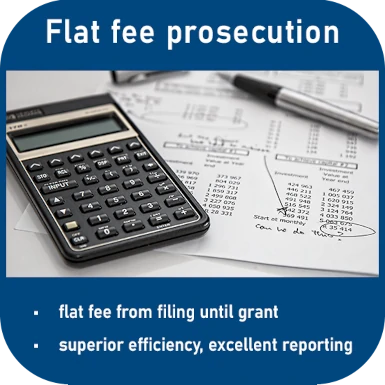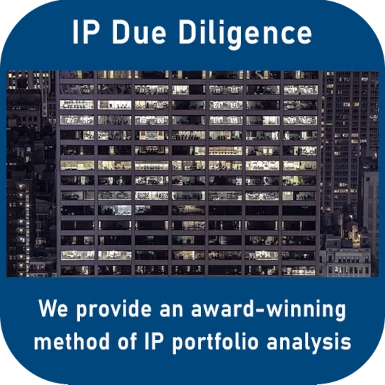BGH: Public availability at the interface between law and trade secrets

Public availability of knowledge from development and testing in the commercial environment - and this at the interface between patent law and the law on trade secrets: the BGH leading decision ‘Oberflächenbeschichtung' contains important aspects for businesses and companies.
The patent in suit was challenged for lack of patentability; it is a patent on a method and a tool with which the coating of a product surface can be prepared.
The action has been partially successful so far: in 2020 the Federal Patent Court declared the patent in suit invalid, dismissing the further action, to the extent that its subject matter went beyond the version according to auxiliary request 1. This was opposed by the appeals of both parties, on which the Federal Supreme Court (Bundesgerichtshof (BGH)) ruled in the leading decision ‘Oberflächenbeschichtung' (BGH of 12.04.2022, X ZR 73/20).
On the question of patentability, the BGH came to the following decision:
- According to auxiliary request 1, the patent in suit is both newly and practicably disclosed and it is also based on inventive steps.
- A helical movement is also possible in a turning process and when using a turning tool - without it being necessary to decide whether turning processes in which the workpiece is stationary and the turning tool performs both a rotational and a feed movement was also part of the art.
Public availability at the interface between law and trade secrets
Essential in this leading decision ‘Oberflächenbeschichtung ' of the BGH, however, is another aspect in this case: the public availability of knowledge from the development and testing period in the commercial environment - and this in the area of conflict between trade secrets / GeschGehG and § 3 PatG.
One of the inventors of the patent in suit had - in the context of a research project - sent relevant drawings to a subsidiary of the plaintiff engaged in the manufacture of tools even before the priority date.
So, could it be deduced from this that D7 was already available to the public before the priority date?
The BGH referred to the case law regarding public availability and formulated this as the leading decision 'Oberflächenbeschichtung’. According to the BGH, there is a fundamental interest of all parties to avoid public availability of their knowledge. This also applies to the development of company-secret know-how. And this also applies if the production or individual production steps are transferred to third parties. In such a situation, the BGH ruled in April 2020 that it does not matter whether a special agreement on confidentiality is made, whether the third party itself has no interest of its own in maintaining secrecy, or whether its contribution to the development activity does not let expect of its co-ownership of IP rights (BGH, April 21, 2020 - X ZR 75/18 - Konditionierverfahren). According to the BGH, prior use is only obvious if it is not only remotely possible that any third party could have gained knowledge of the invention.
The BGH issued the following leading decision 'Oberflächenbeschichtung’:
In the case of industrial development or testing activities in which there is an operational interest in not allowing the knowledge arising in the process to penetrate to the outside, the public availability of the knowledge gained is to be denied as a rule and without the occurrence of special circumstances.
This applies at least as long as the knowledge is only available to those persons who are involved in this development and testing activity, but also if the production or individual production steps are transferred to third parties (confirmation of BGH, the judgment of May 14, 2019 - X ZR 93/17, the judgment of November 10, 1998 - X ZR 137/94- Herzklappenprothese).
According to these principles, D7 was not available to the public because it was sent to the plaintiff's subsidiary, the BGH ruled.
Public availability at the interface between patent law and the law on trade secrets
These principles were also not to be modified based on the Act on the Protection of Trade Secrets (GeschGehG), the BGH added.
The German GeschGehG came into force in 2019. Accordingly, protection as a trade secret requires that 'reasonable' secrecy measures have been taken and that there is a legitimate interest in secrecy (§ 2 GeschGehG).
Is knowledge of an invention therefore considered to be in the public domain per se if these two requirements for protection as a trade secret are missing?
The BGH denied it. The absence of these requirements does not automatically mean that information is available to the public within the meaning of § 3 (1) sentence 2 PatG, according to BGH. In any case, this was irrelevant in the present case because the GeschGehG only entered into force in 2019 and thus after the priority date.
In General, as long as access to the information remains limited to a narrow circle of persons and there are no indications to the contrary, such information is to be regarded as not publicly available. And this also applies, the BGH ruled, if no measures have been taken to counteract further dissemination or if there is no legitimate interest in secrecy.
In the end, both appeals were dismissed. The BGH confirmed the decision of the Federal Patent Court (decision of June 13, 2020 - 7 Ni 3/19), according to which the patent in suit is patentable under auxiliary request 1.
Do you have questions or requests regarding IP and patent protection, especially in the area of research and development?
Please contact us by phone at +49 (0)69 69 59 60-0 or at info@kollner.eu.







